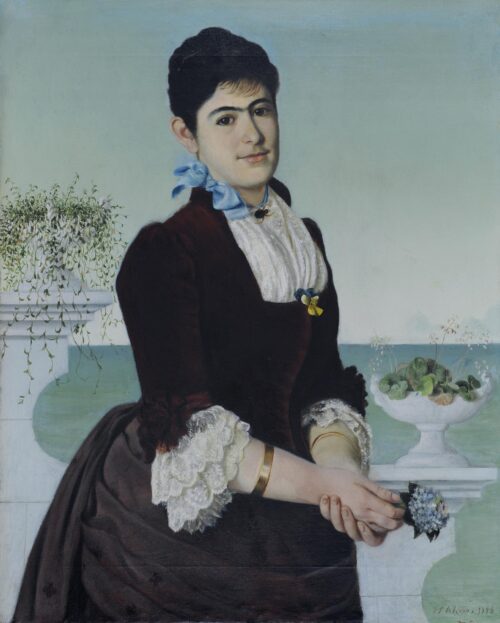
Avlichos Georgios (1842 - 1909)
Lady Holding a Small Bouquet, 1886
He took painting lessons in a liberal arts study room in Naples, Italy, doing legal studies at the same time. He travelled to Germany and continued his artistic studies there. After his return to his birthplace, Cephalonia, he worked as a librarian in the Argostoli Library while giving painting lessons in his spare time. He was also a writer, poet and musician. He wrote the verse drama, “Η Καταστροφή των Ψαρών” (“The Destruction of Psara”) in demotic Greek; it was performed for the first time in Argostoli just after its publication in 1883. He was also occupied with setting poems to music. In 1885 he exhibited three portraits at the Parnassos Hall and in 1888 took part in the Panhellenio Artistic Exhibition at the Zappeion Hall. The last years of his life were exceptionally difficult because of health problems and his dire financial situation.
A representative of Ionian island art of the 19th century, he was primarily involved with portraiture but also painted genre scenes and still lifes. Employing the Italian academic tradition as his starting point, he cultivated a poetic atmosphere in his work and frequently transcended the familiar aspects everyday life. In his portraits, he distanced himself from the established type of portrait common in the first half of the 19th century with it rigorously maintained poses, dark tones and standardized composition by sensitively choosing, in his most characteristic works, harmonious colors while placing his emphasis on a realistic rendering.

Lady Holding a Small Bouquet, 1886
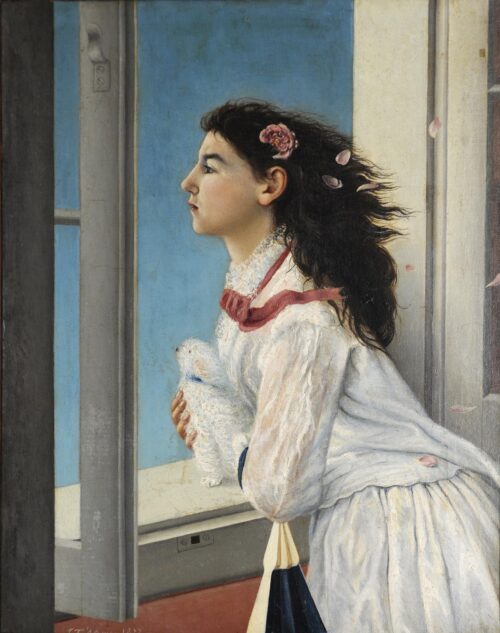
Girl at Window, 1877
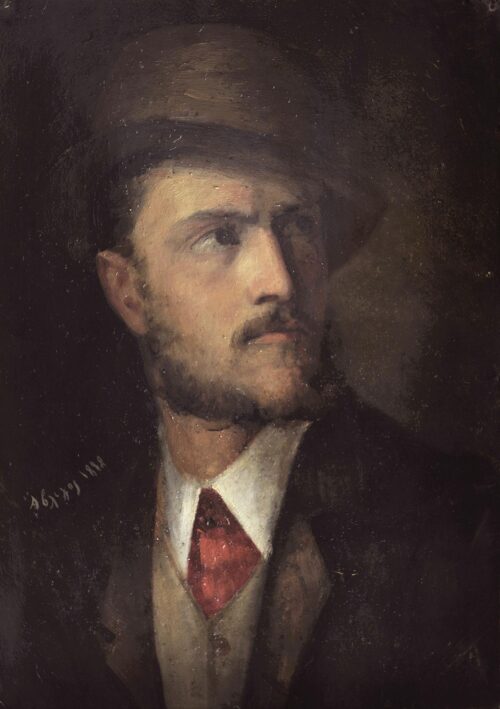
Parisian Student, 1888
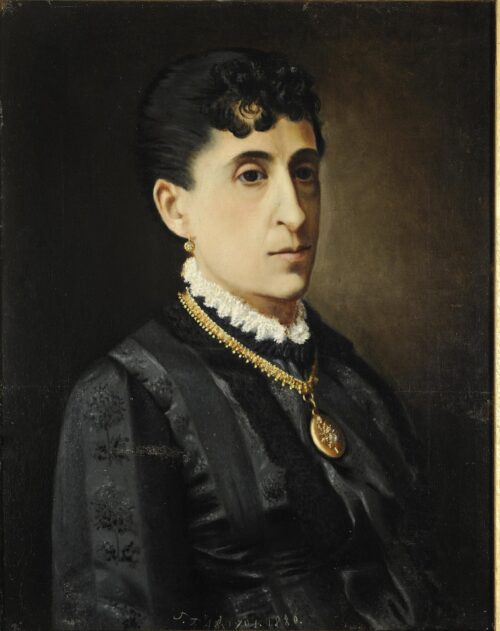
Portrait of the Artist’s Mother, 1880
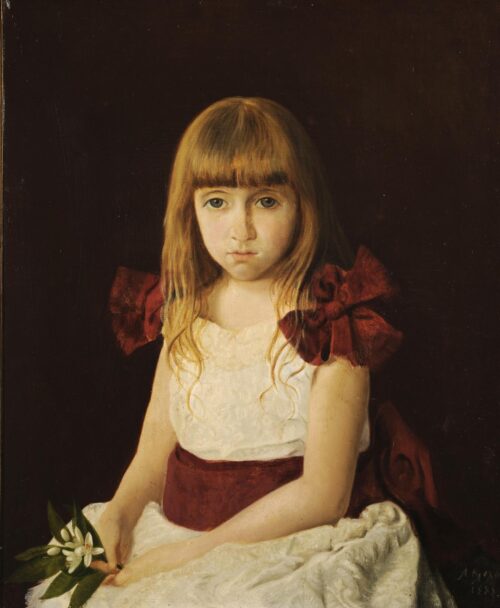
Little Girl, 1888
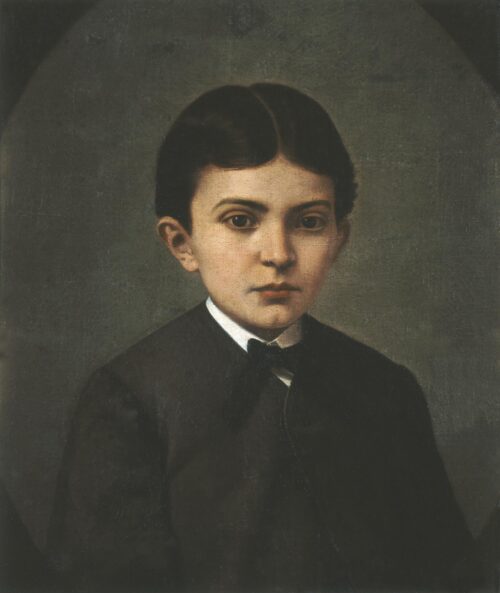
Portrait of Child
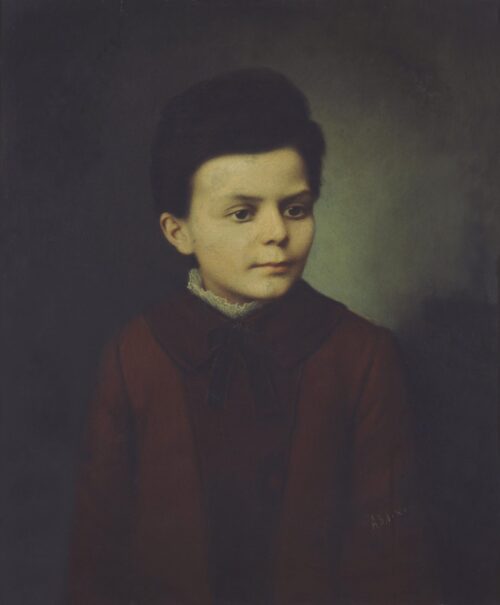
Portrait of a Girl
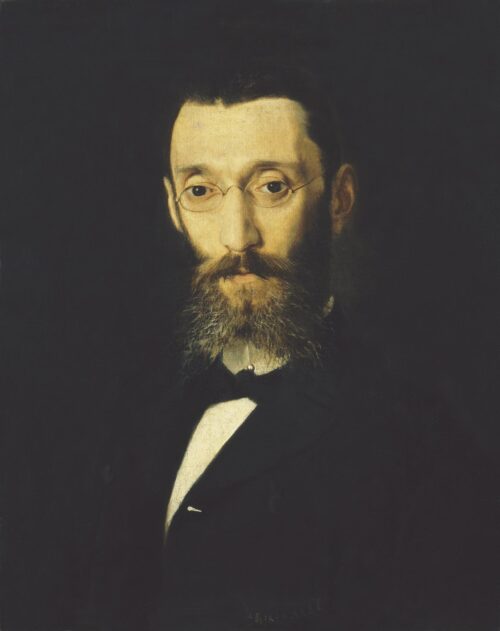
The Artist’s Father, 1886

We use cookies to make our site work properly, to personalize content and ads, to provide social media features and to analyze our traffic. We also share information about how you use our site with our social media, advertising and analytics partners. Read the Cookies Policy.
These cookies are necessary for the website to function and cannot be switched off in our systems. They are usually only set in response to actions made by you which amount to a request for services, such as setting your privacy preferences, logging in or filling in forms. You can set your browser to block or alert you about these cookies, but some parts of the site will not then work. These cookies do not store any personally identifiable information.
If you disable this cookie, we will not be able to save your preferences. This means that every time you visit this website you will need to enable or disable cookies again.
These cookies tell us about how you use the site and they help us to make it better. For example these cookies count the number of visitors to our website and see how visitors move around when they are using it. This helps us to improve the way our site works, for example, by ensuring that users find what they are looking for easily. Our website uses Google Analytics for statistics reporting.
Please enable Strictly Necessary Cookies first so that we can save your preferences!